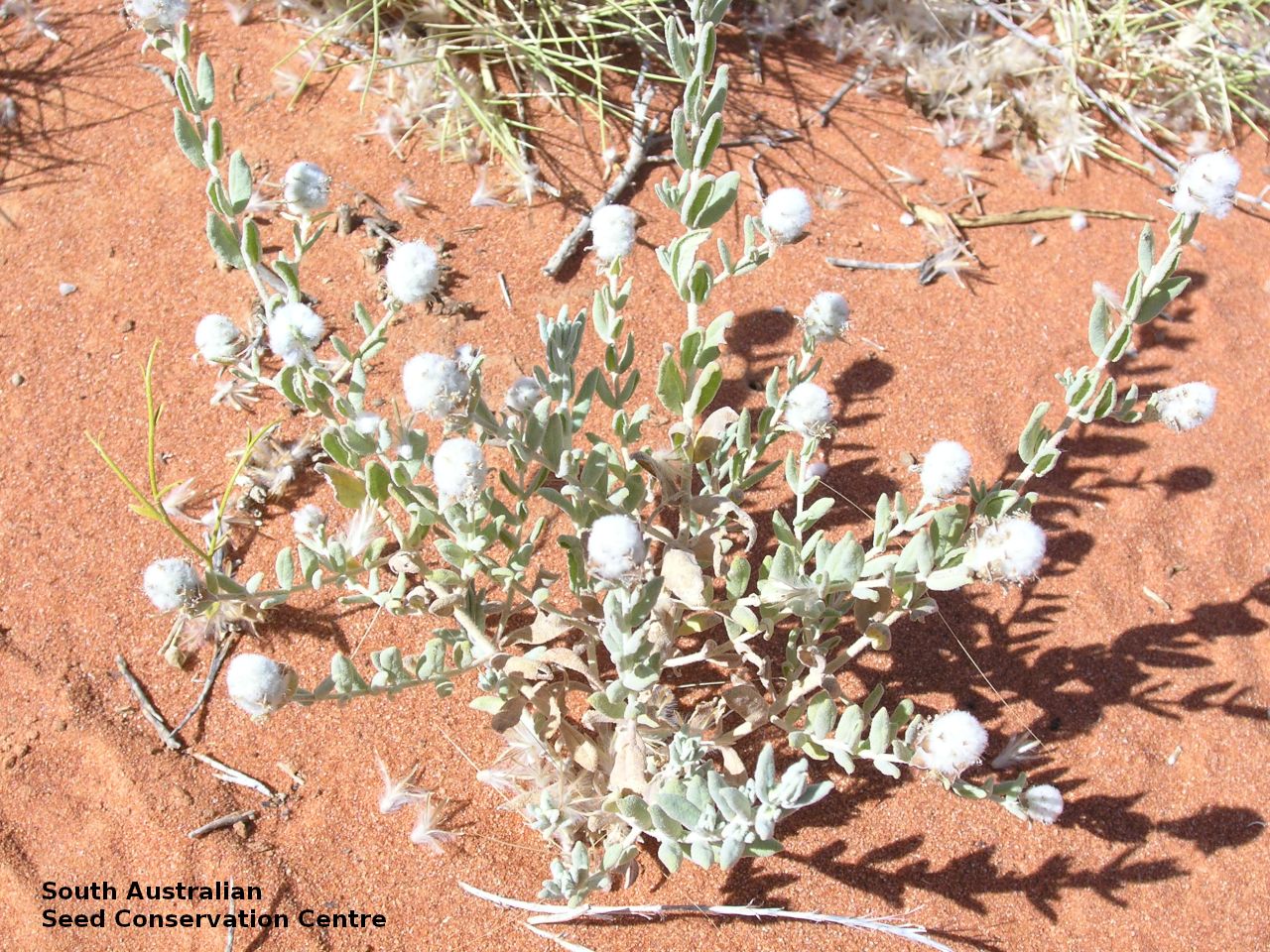
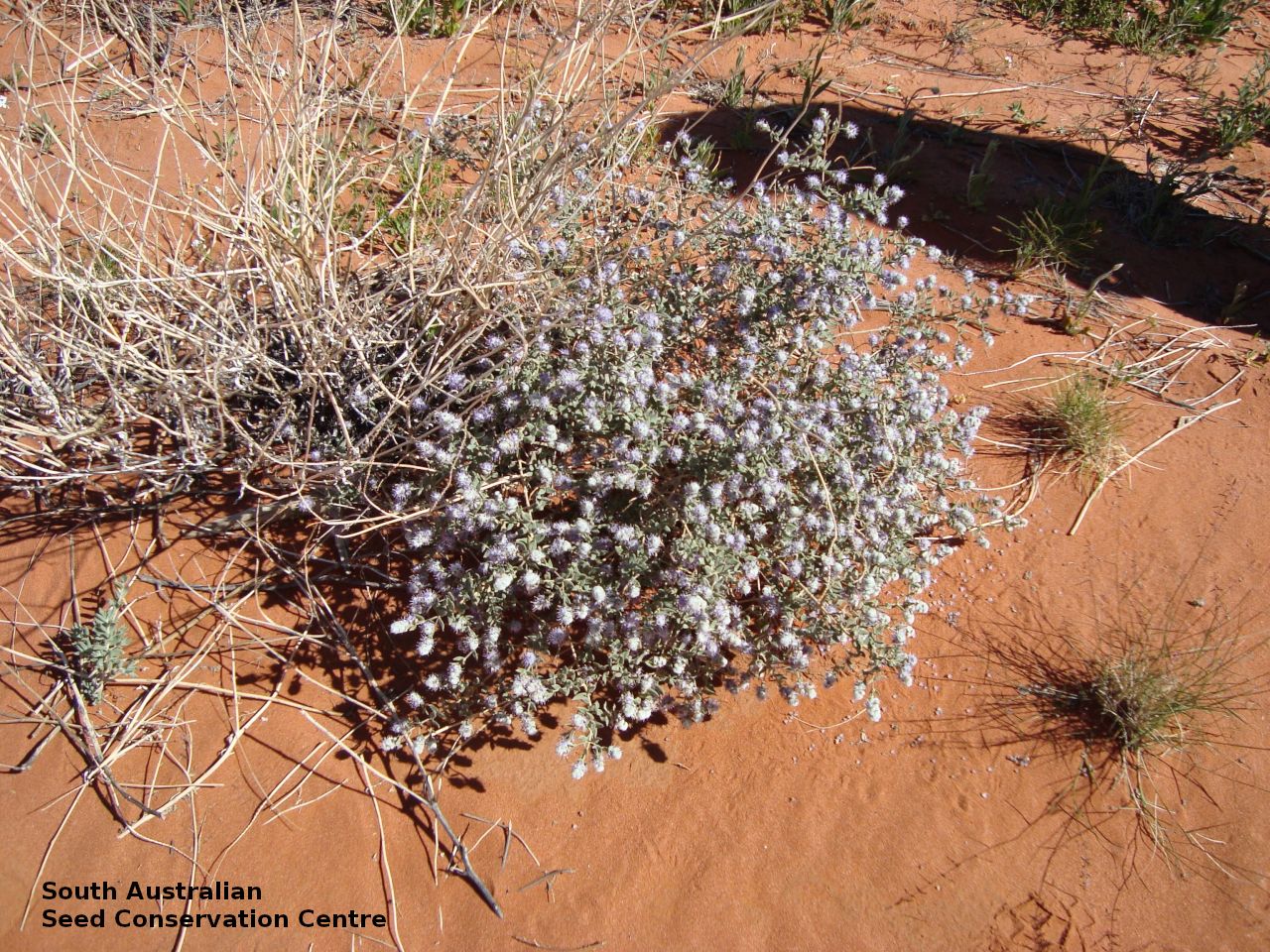
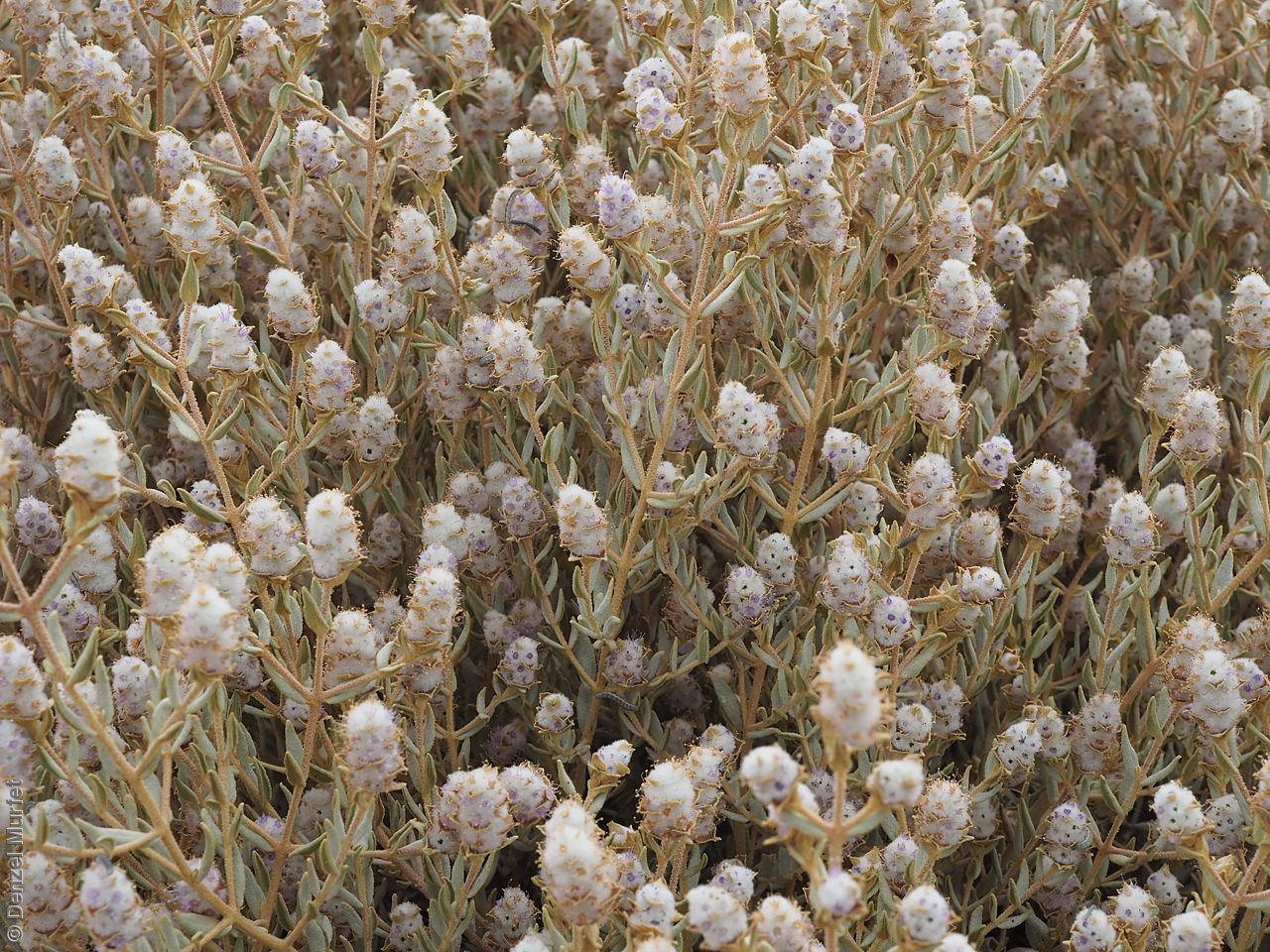
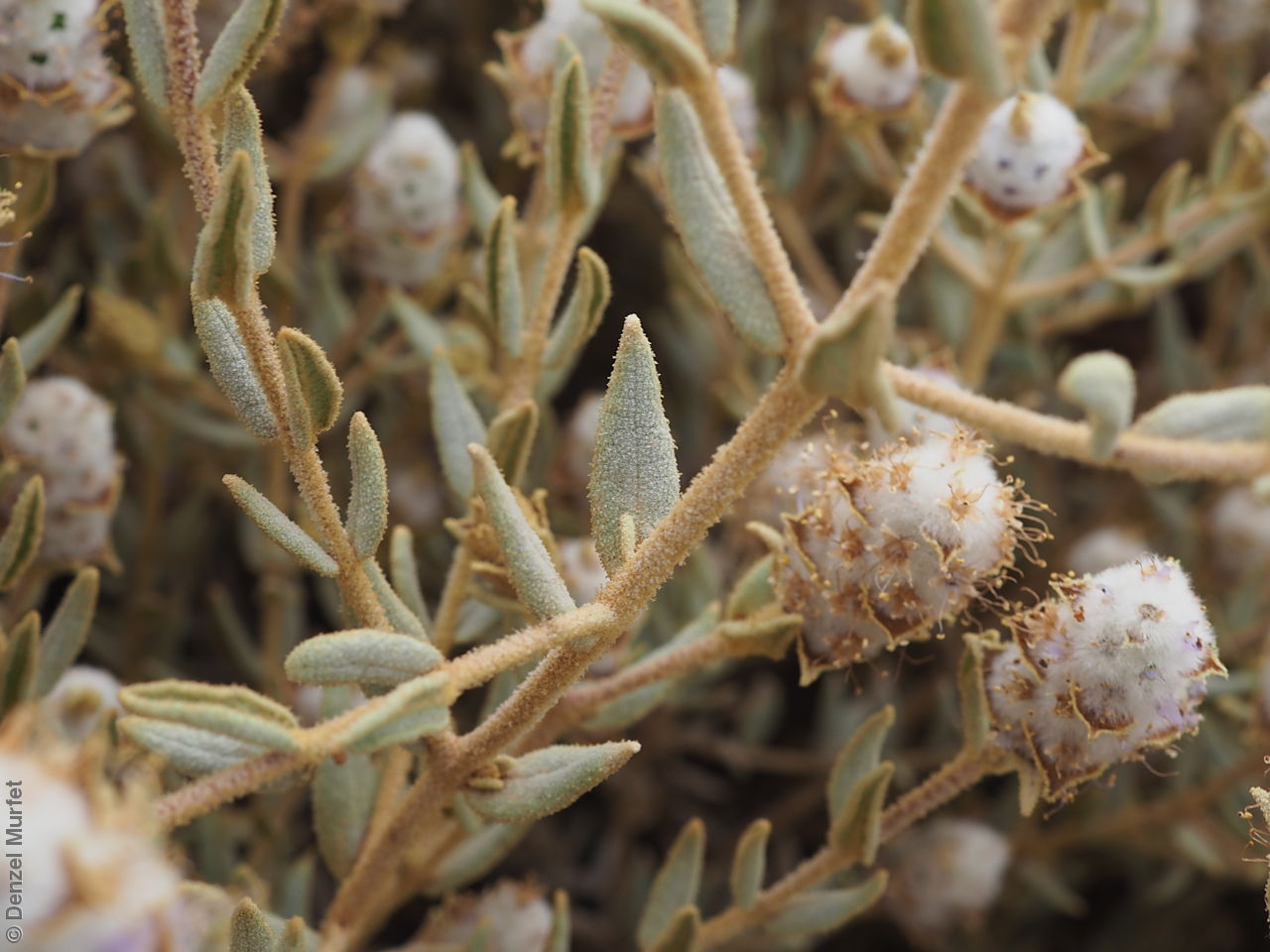
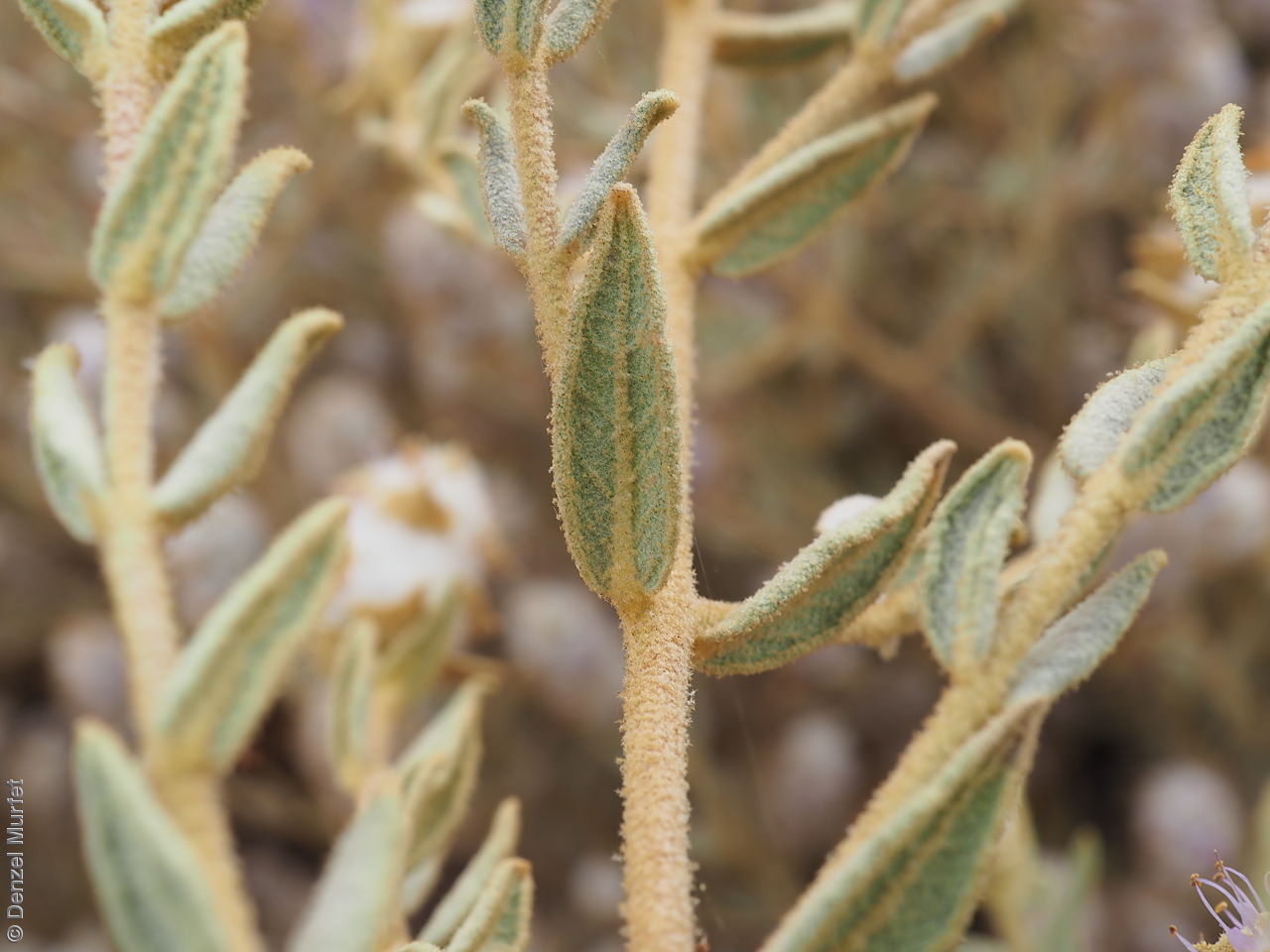
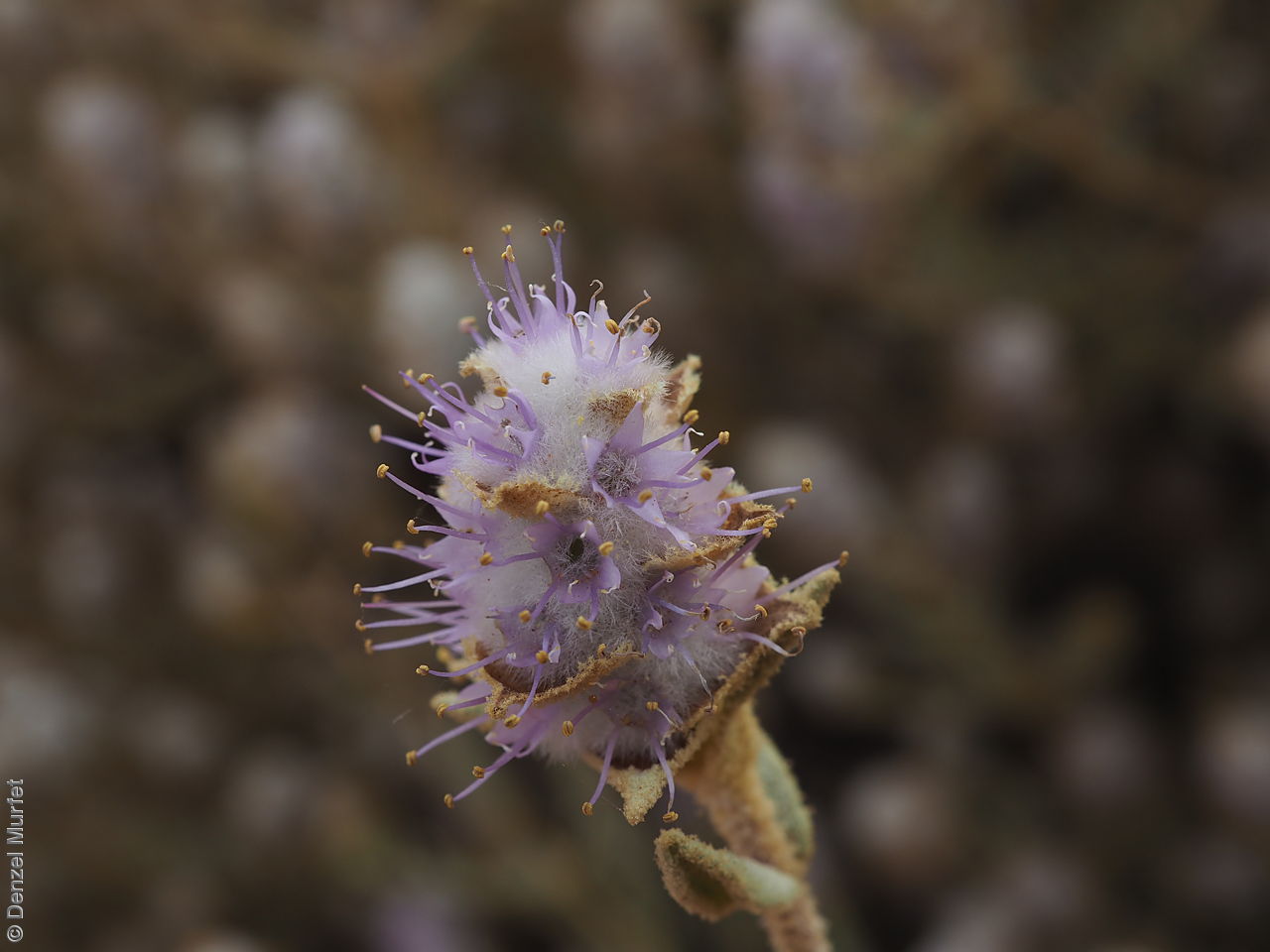
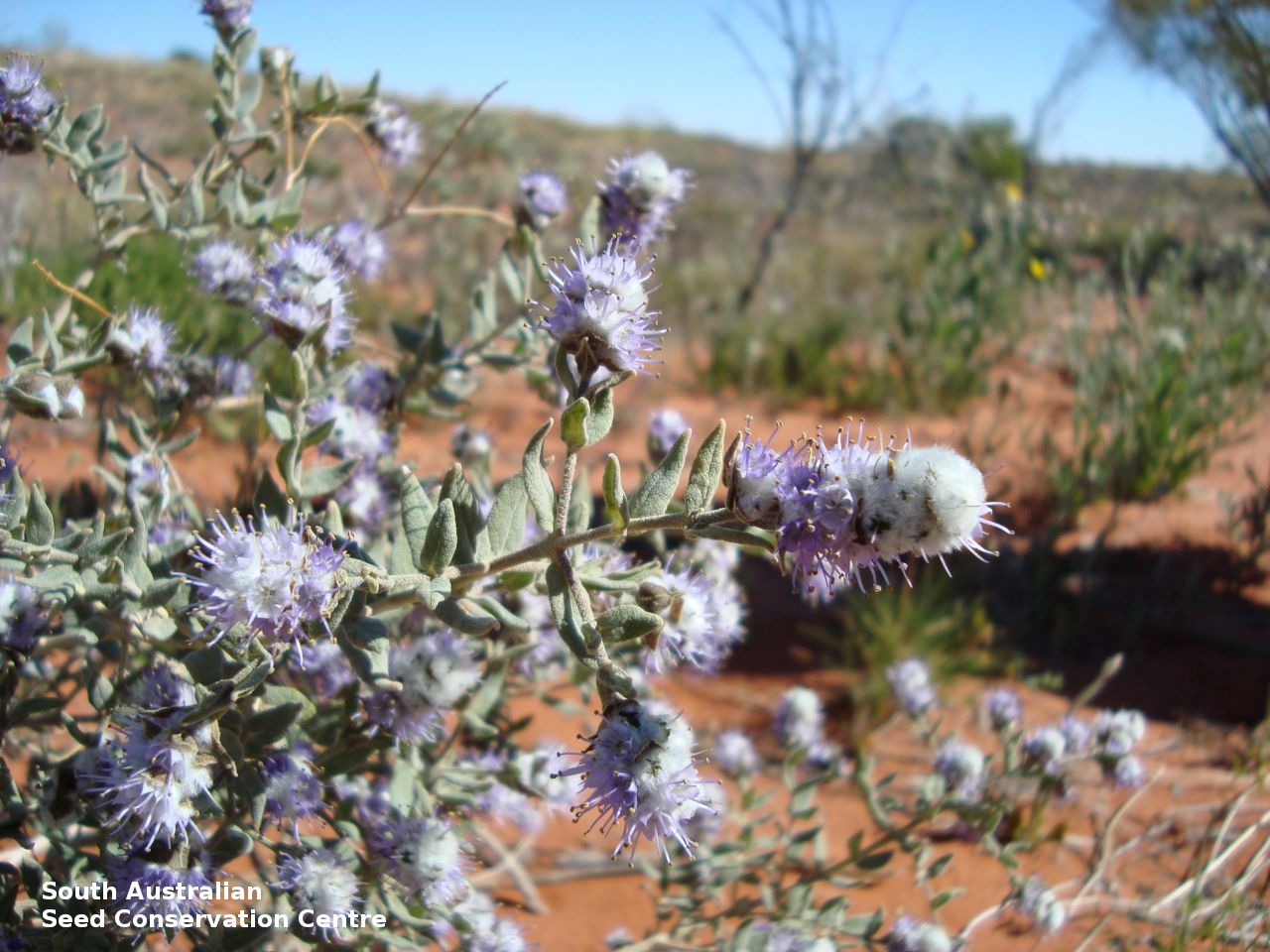
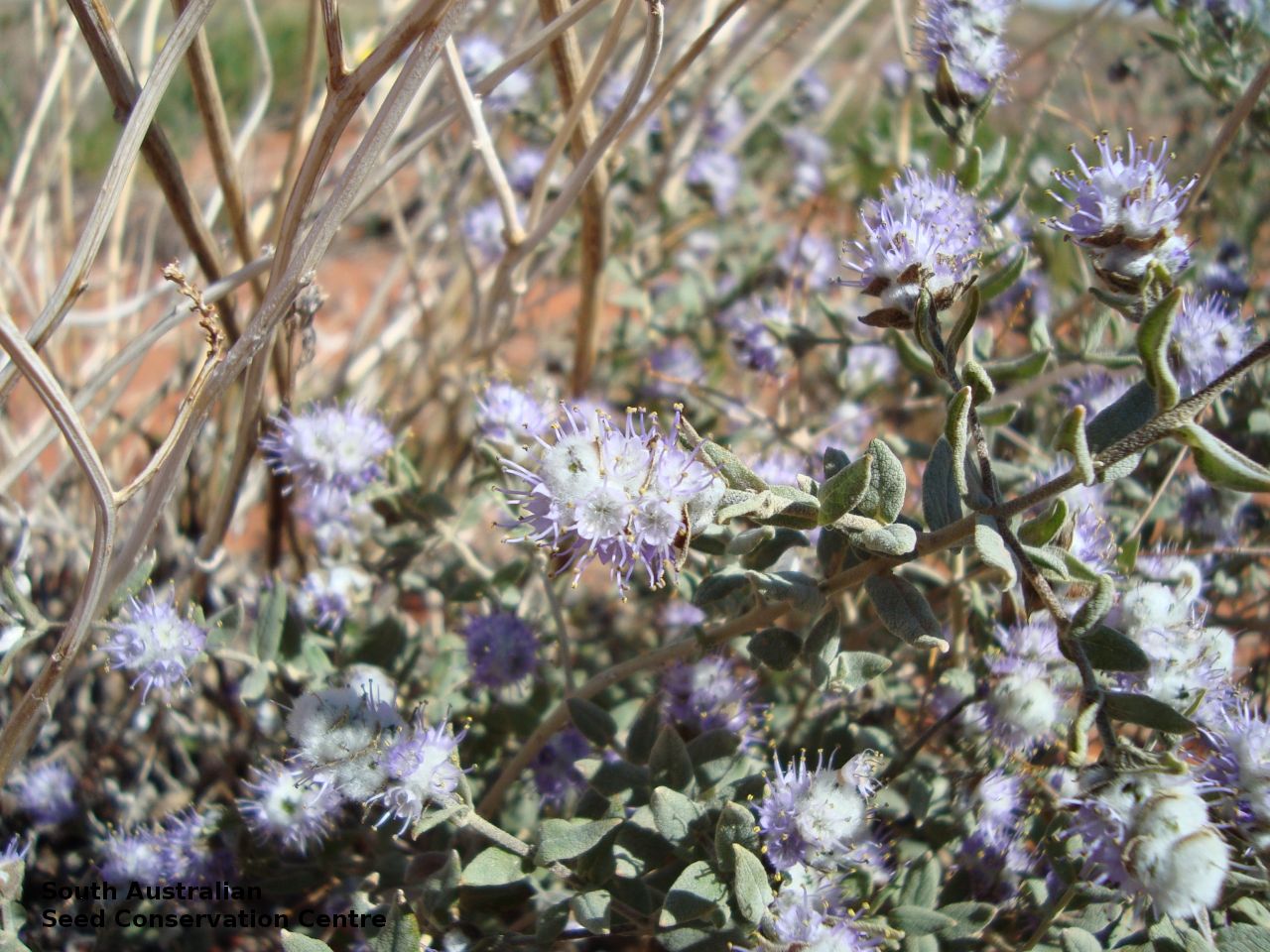


Botanical art
Prior names
Newcastelia cephalantha var. oblonga
Newcastelia cephalantha var. tephropepla
Newcastelia cephalantha var. cephalantha
Newcastelia cephalantha var. queenslandica
Etymology
Newcastelia, named in honour of Henry Pelham Clinton, 5th Duke of Newcastle (1811-1868), who was Secretary of State for the Colonies between 1852 and 1854 and provided funds for the north-western Australian Government Expedition of 1855. Cephalantha from the Greek 'cephale', meaning head and 'anthos', meaning flower.
Distribution and status
Found in the far north-west and far north-east corners in South Australia, growing on red sandy soils in sand plains and dunes. Also found in Western Australia, Northern Territory and Queensland. Native. Common in South Australia. Common in the other States.
Herbarium regions: North Western, Lake Eyre
NRM regions: Alinytjara Wilurara, South Australian Arid Lands
AVH map: SA distribution map (external link)
Plant description
Shrub to 1.2 m high with much-branching stems, with tawny-grey or whitish-grey hairs. Leaves decussate, sessile; ovate to oblong-lanceolate with recurved-revolute margins; to 38 mm long and 10 mm wide, with greyish or brownish-grey hairs and a midrib and lateral veins conspicuous beneath. Flowering spike, a sub-globose or oblong woolly head at tip of stems, with white to purple-violet flowers. Flowering between June and October. Fruits are white-grey woolly, obovoid to globose fruit.
Seed collection and propagation
Collect seeds between September and December. Collect mature fruit-heads turning a straw-colour. Rub the fruit with your hands to see if there is any mature seed before collecting. Collect by breaking off the whole fruit spike. Place the fruit-spikes in a tray and leave to dry for two weeks, then rub the capsules gently by hand, or with a rubber bung to dislodge the seeds. Use a sieve to separate the unwanted material. Store the seeds with a desiccant such as dried silica beads or dry rice, in an air tight container in a cool and dry place.